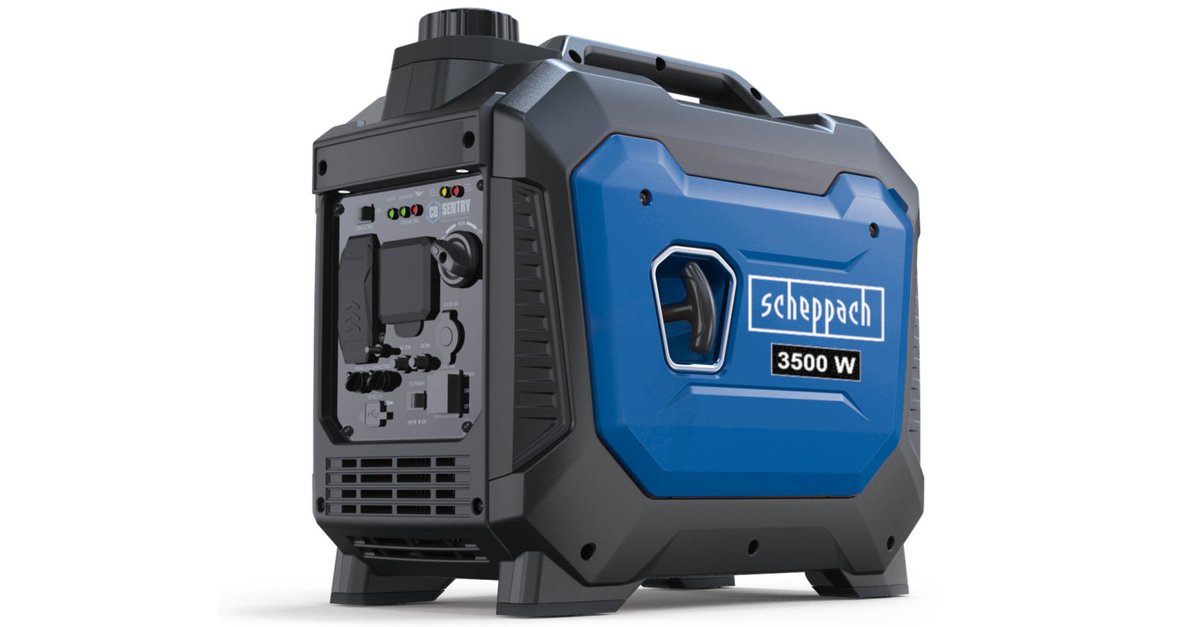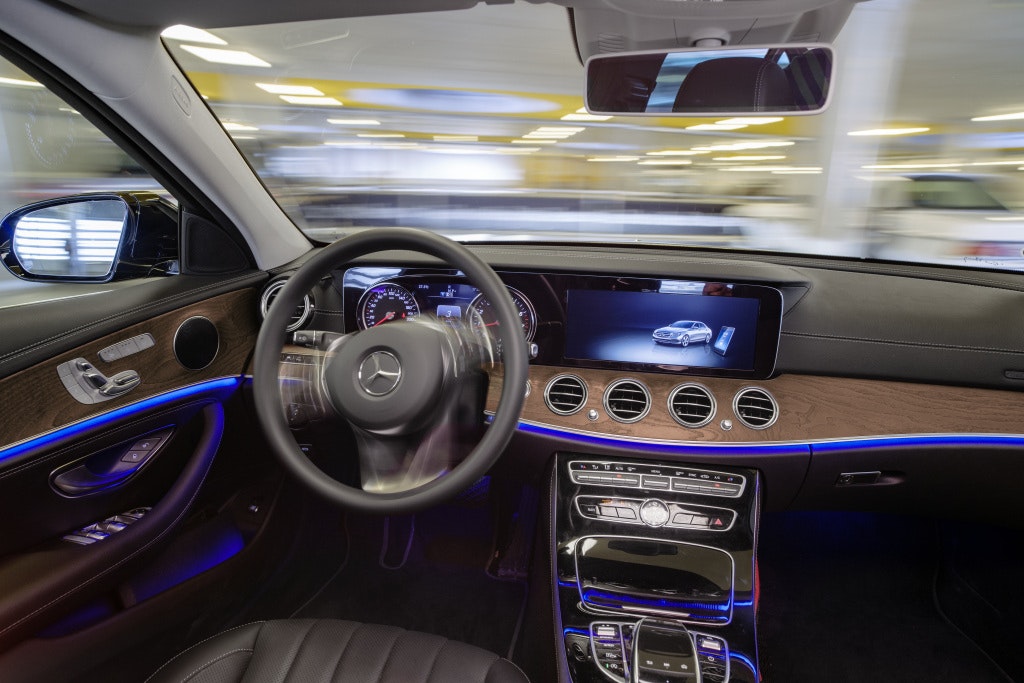NASA wants to revive the Hubble space telescope
The US space agency Nose doesn’t know why most of the Hubble telescope’s instruments went into safe mode, but it does know why. Sounds strange, but it’s actually easy to understand.
Contents
Cause still unclear, but errors found
Apparently, the instruments exchange so-called synchronization messages with each other, with the help of which they can assure themselves that they are functioning properly and can also be controlled and queried via the devices from the ground. The situation has now arisen that a whole series of these synchronization messages have, as it were, been lost.
Because of this, all Hubble instruments fell into Safe Mode on October 25th. It is unclear why these messages were lost. NASA meanwhile knowhow to revive the devices, but she doesn’t yet know how to prevent the problem from recurring.
One device is already running again – the workaround gives reason to hope
Therefore, on November 7th, it initially only put the “Advanced Camera for Surveys” back into normal operation. The experts see the lowest potential for further complications here should synchronization messages be lost again.
After intensive tests, NASA can confirm that the 31-year-old telescope is otherwise fine. Work is currently underway on restarting the other Hubble instruments as well. It was found that no further synchronization messages have been missed since November 1st. While this is a good sign, it doesn’t mean much without knowing the root cause.
Fireworks in space: Hubble takes such spectacular shots again and again. (Source: ESA / Hubble and NASA, A. Sarajedi)
The experts therefore now intend to make changes to the processing of the synchronization messages. Apparently, they have found a way for Hubble’s scientific tools to track missed reports and properly respond to them later. To do this, the programming of the Hubble payload computer, which monitors, controls and coordinates Hubble’s scientific instruments, must be changed.
It seems like it’s just a matter of training the telescope to automatically relapse into safe mode. NASA has come to the conclusion that these changes do not pose a threat to Hubble.
After the changes have been made, the Hubs instruments should be restarted and tested individually to see whether the workaround works reliably. At the same time, the experts continue to search for the actual fault. NASA assumes that it will take several weeks to start up all systems. The next instrument to be revived could be Hubble’s Wide Field Camera 3.
Hubble has been failing quite often lately. This year alone there have been three serious incidents. Nevertheless, NASA wants to hold onto the telescope, which repeatedly delivers impressive images. To underpin this, the agency has extended the contract to operate Hubble. Washington’s Association of Universities for Research in Astronomy (AURA) also won the $ 215 million extension, which runs through June 30, 2026.
In any case, NASA manager Thomas Zurbuchen is certain that Hubble “has many more scientific years ahead of him and will work with the James Webb Space Telescope”, which is due to launch from French Guiana on December 18.


